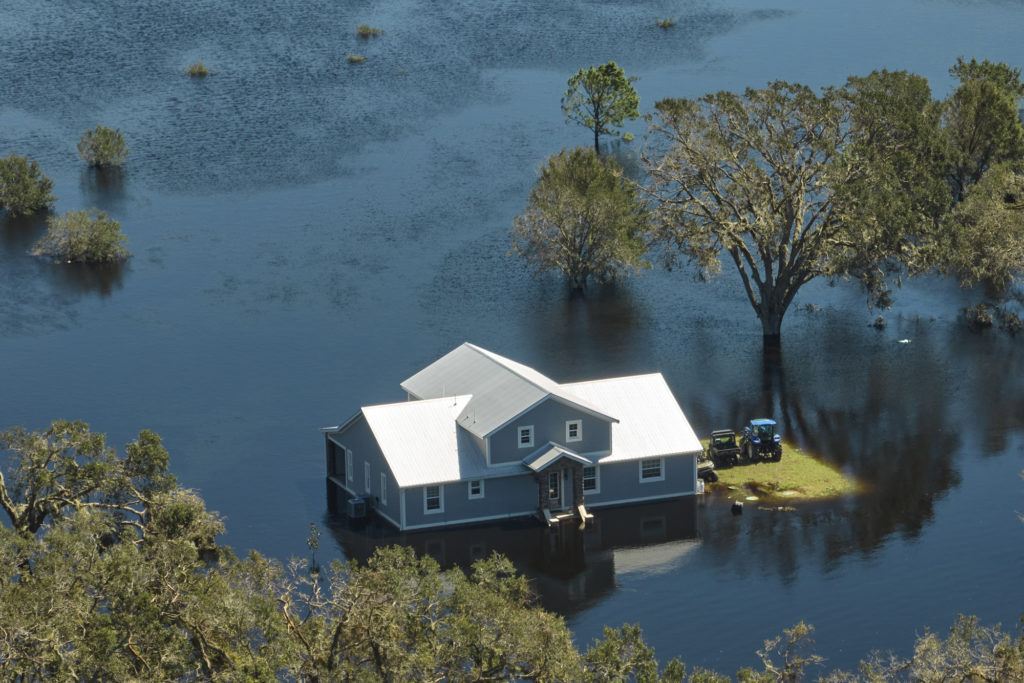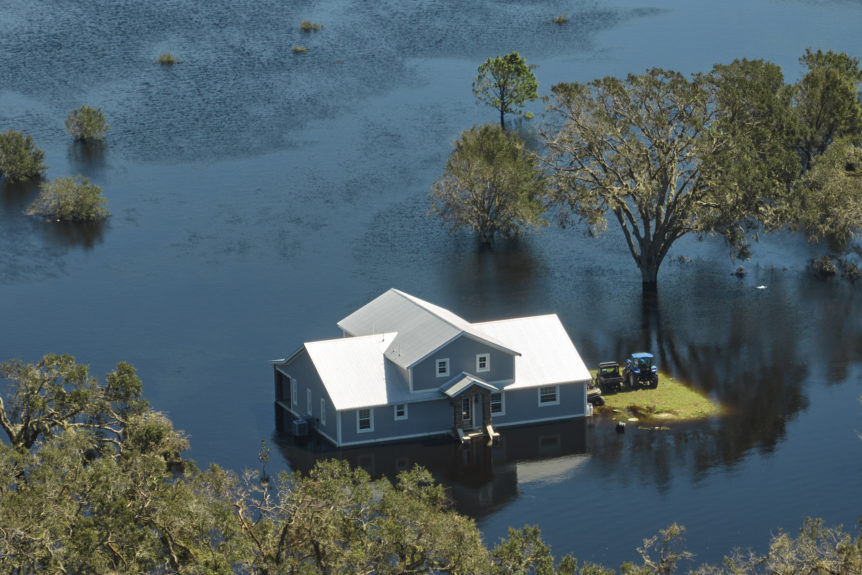
Hurricane Helene has altered life in North Carolina with its massive flooding.
Lives have been lost. Homes have been washed away. Agriculture has been forever changed.
Catastrophic rainfall amounts have led to widespread flooding in the western part of the state. Elena Rogers, N.C. State Extension Area Specialized Agent in food safety for fresh produce, discussed the damage that the excessive rains have caused on specialty crops in the region.
“It’s definitely a real concern. We’re probably right now at the height of apple harvests. We still have quite a bit of tomato harvests; peppers, mixed vegetables,” Rogers said. “We have a lot of streams, creeks, rivers; flooding is such an issue. For some of the region, the crops have completely been destroyed. Apple trees have been uprooted where you can’t even find the trees. There are areas where damage is significant, and then there are other areas where, thank goodness, there was significant amount of rainfall, but farms were not close to a creek or a river. Those farms were on a little higher ground. We have both scenarios within the region.”
Helene made landfall on Sept. 26 and moved through the Southeast on Sept. 27. It brought excessive rains to the region. As much as 31 inches of rain were dumped in Busick, according to the North Carolina State Climate Office.
According to the Food and Drug Administration (FDA), it describes flooding as the “flowing or overflowing of a field with water outside a grower’s control.”
“Flooding events can present a potentially hazardous public health risk. In some areas, crops may be submerged in flood water which may have been exposed to sewage, chemicals, heavy metals, pathogenic microorganisms or other contaminants. Even if the crop is not completely submerged, there may still be microbial contamination of the edible portion of the crop. There is also the potential for plants to take up chemical contaminants. In addition to the direct presence of contaminants noted above, mold and toxins may develop in the crops as a result of exposure to the water,” the FDA continued.
Pooled water is not considered flooding. The FDA adds that if the edible portion of a crop is exposed to flood waters, it is considered adulterated and should not enter the supply chain.
“When we go to harvest, maybe the edible portion of the crop did not come in contact with floodwaters but where the concerns are, are the movements from the workers and harvest containers moving into the fields and where they’re now walking on soil that probably is contaminated. How feasible is it to harvest crops when there’s a likelihood that your harvest containers or the workers’ boots or clothes are going to come in contact with that contaminated soil?” Rogers noted.
Source: U.S. Food and Drug Administration

By Clint Thompson










